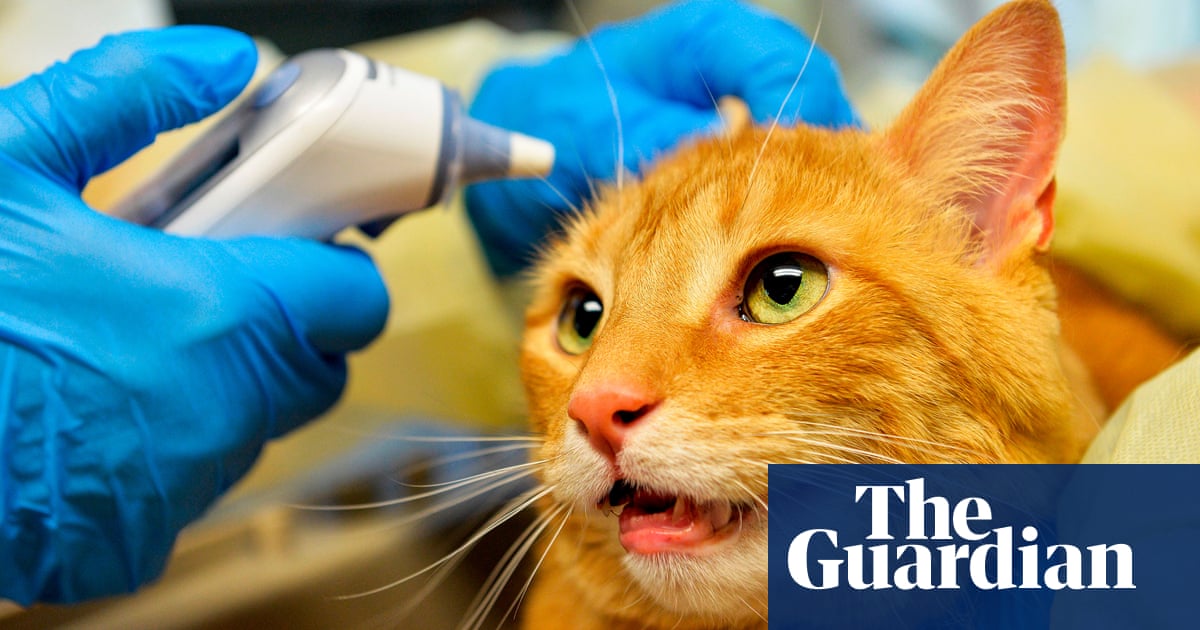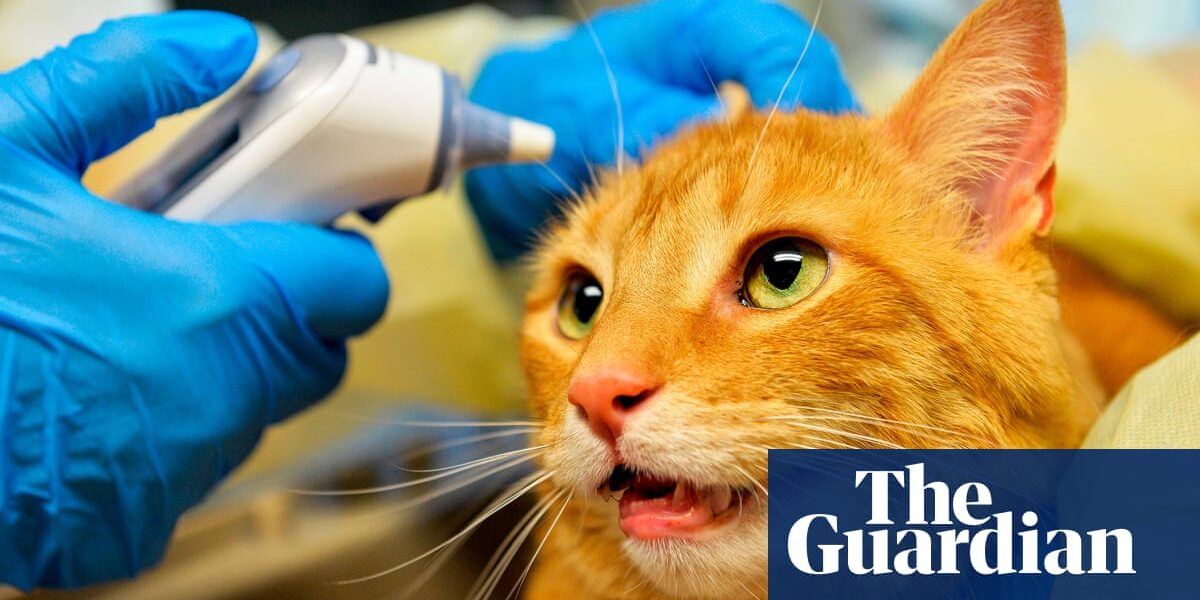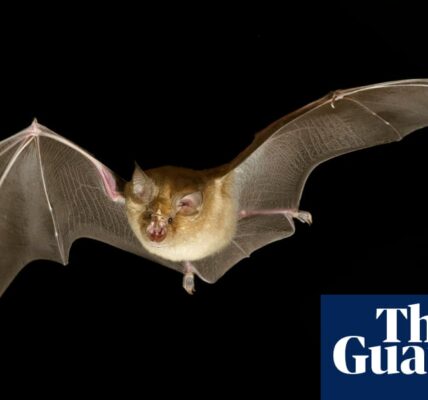
A
Experts have issued warnings about the persistent lack of veterinarians in various regions of the US. This has resulted in difficulties for pet owners, has had negative effects on the well-being of veterinary staff, and could potentially put the nation in jeopardy in terms of food safety and public health.
The shortage of veterinarians and other professionals in the field has been linked to the expensive requirements for entry, demanding work schedules, and the emotional strain of working with pet owners during critical situations.
The alert is in response to reports received by Not One More Vet, a charity focused on mental health for veterinarians, of cyberbullying directed towards vets by clients. This is a concerning trend in a field where the risk of suicide has historically been high.
According to Laura Molgaard, the dean of the University of Minnesota’s College of Veterinary Medicine, the lack of supply can be linked to a period of over 40 years.
In approximately 1980, there was a rise in the need for veterinary services due to an increase in pet ownership. Additionally, pet owners began requesting more services for their pets.
“For a significant period of time, the number of veterinary schools and available seats in the US did not see a corresponding growth.”
Rural regions are experiencing the greatest impact of shortages. One contributing factor is the need for veterinary school graduates to seek employment where they can earn higher salaries, in order to pay off their significant student debt. As a result, urban areas tend to offer higher paying jobs. This situation has made it difficult for pet and other animal owners to find adequate care in certain areas of the country. However, according to Molgaard, there are additional risks beyond just pets not receiving proper treatment.
Molgaard stated that there are potential dangers to food safety and public health. Veterinarians play a crucial role in safeguarding the well-being of both individual animals and populations of animals. They also have a responsibility to uphold the oath to protect public health.
Not having veterinarians in the community puts the health of animals, people, and their shared environment at risk.
According to Molgaard, veterinarians play a crucial role in detecting diseases in animals, including those that can spread to humans. They were the first to identify the West Nile virus, and have also been responsible for reporting outbreaks of avian influenza, African swine fever, and bovine spongiform encephalopathy, commonly known as “mad cow disease.”
Molgaard stated that veterinarians play a crucial role in identifying and monitoring diseases. Without veterinarians present, these diseases may go unnoticed until it is too late.
The demands of the occupation, coupled with the comparatively lower salary in comparison to fields like human medicine and dentistry that also require similar education and training, can be overwhelming. According to Liz Hughston, a veterinary technician specialist and president of the National Veterinary Professionals Union, support staff like veterinary technicians are often overworked and underpaid.
Hughston expressed a significant issue with individuals exiting this field.
The salary for veterinary technicians is not very high, and for veterinarians, it is not proportionate to their amount of debt. Many veterinarians graduate with a significant amount of debt, often around $400,000, but their starting salary is only between $85,000 and $105,000 per year.
Many individuals may initially perceive this as a satisfactory salary. However, if we consider the length of time spent in education and the significant debt acquired, along with the comparatively low pay upon entering the workforce with a professional degree and training, this becomes a crucial factor to consider.
According to Hughston, veterinary technicians, who must undergo an educational program and pass a national exam in order to practice, are not adequately compensated for their work. She noted that many technicians and veterinarian assistants often discover that they can earn more working entry-level jobs in retail or fast food industries.
“While fast food may not be the most desirable job, it does provide financial stability. Unlike other professions, there is no pressure to work extra hours or make life-altering decisions. You also don’t have to worry about physical harm or contracting diseases, unlike those who work with animals.”
According to Hughston, pet owners may experience “sticker shock” when they discover the cost of certain treatments. In the US, pet insurance is not commonly utilized, so when a pet falls ill, owners often have to cover expensive bills. This can lead to dissatisfaction with the cost.
“Our main goal is to assist animals. However, we often encounter individuals who criticize us and label us as terrible people, solely motivated by financial gain,” she expressed.
Frequently, in the field of veterinary medicine, the availability of euthanasia leads to decisions about the life and death of animals being influenced by financial considerations. This can greatly affect the mental wellbeing of veterinary professionals, as they often see these situations as treatable but are unable to do so due to financial constraints.
In this context, the rates of suicide are elevated. According to a 2018 report from the Centers for Disease Control and Prevention, female veterinarians have a 3.5 times higher likelihood of dying from suicide compared to the overall population, while male veterinarians have a 2.1 times higher likelihood.
Gigi Tsontos, executive director of Not One More Vet, established the organization in 2014 following the loss of a veterinarian. Tsontos stated that there are various factors contributing to the high number of deaths.
“Some of the tasks involve managing workload, while others involve coordinating various aspects of a clinic. It’s not just about playing with dogs and cats all day at a veterinary clinic. There are often challenging decisions to be made and many people involved. For example, if a family brings in a pet that requires expensive treatment, we have to discuss the options with them,” Tsontos explained.
A recent CDC analysis revealed a long-standing trend of elevated suicide rates among veterinarians. However, a new challenge plaguing the industry is the issue of cyberbullying among veterinary professionals.
Tsontos mentioned hearing accounts from individuals who allege that an incident occurred with their animal and they sought veterinary assistance. However, instead of addressing the situation, they resort to publicly criticizing the vet or vet assistant on social media.
Veterinarians are dedicated to doing their absolute best and have a genuine concern for animals. Their passion for caring for animals is what drives them to pursue a career in this field.
Source: theguardian.com


